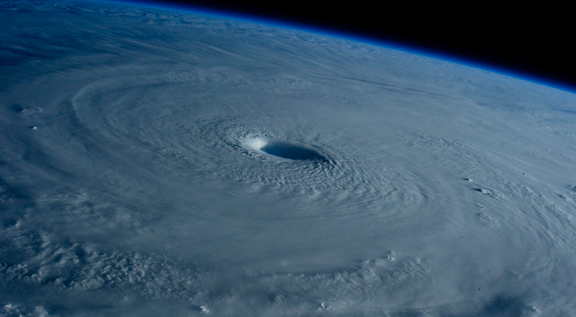
Image: Pixabay
Hurricane Ida arrived in Louisiana, on the coast of the United States, with a category 4 power, just one below the maximum possible. The phenomenon has put all authorities, both state and federal, on alert, who consider it the strongest to hit this southern US state since 1850. For many, Ida brings fears of Katrina, which 16 years ago caused devastating losses.
But how can Ida affect agriculture? According to information released by Reuters, Hurricane Ida damaged grain export equipment at the Cargill trading terminal in Louisiana, and harmed the shipping operations of other companies in the busiest area for bulk cargo in the United States, this Monday. Monday (30.08). The storm disrupted grain and soybean shipments from Mississippi, which accounts for about 60% of US exports, at a time when global supplies are tight and demand from China is strong.
{module Form RD}
On Wednesday (0109), the Agrolink Portal reported that the Hurricane in the USA lowers grain prices, with exports in doubt because of hurricane damage to grain elevators near New Orleans, prices for corn, soybeans and wheat, the most widely planted crops in the U.S., fell to their lowest levels in several weeks in trade futures on Tuesday. The fall harvest will begin soon and could saturate the U.S. market if foreign sales are halted.
According to the USDA's Weekly Climate and Crop Bulletin, saltwater intrusion can damage crops such as sugar cane and pastures in southeast Louisiana. Hurricane Ida “crossed the east side of the southern Louisiana sugarcane production area just before harvest began. Additionally, Ida destroyed some row crops, including maturing rice and open-shell cotton, in the southern Mississippi Delta.
By: Aline Merladete | agrolink










